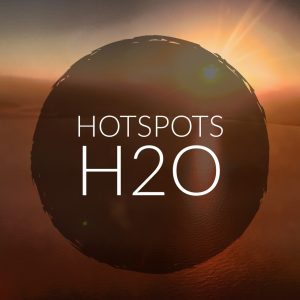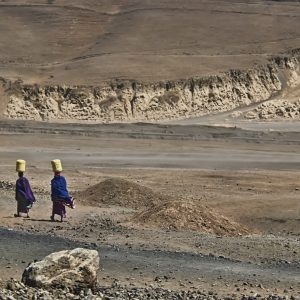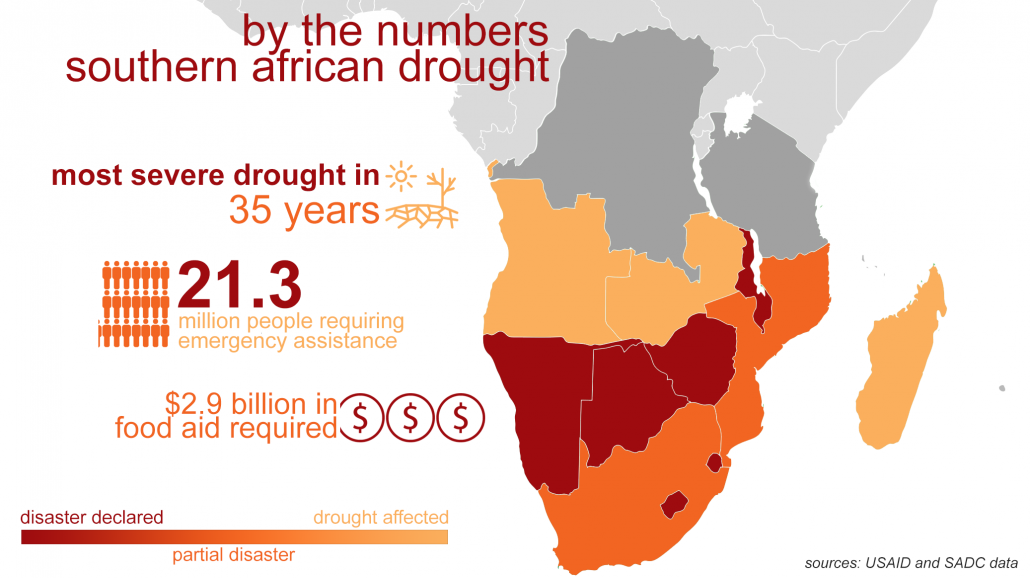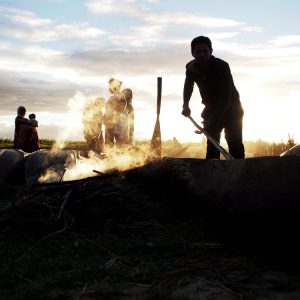Global HotSpots H2O
From the Syrian conflict, to protests in Zimbabwe, Tunisia and India, to a deep drought destabilizing South Africa, water is playing a significant role in global civil unrest.
HotSpots H2O from Circle of Blue’s award-winning team of journalists examines regions, populations, and countries that are most at risk from water-related unrest and conflict. It reveals the challenges individuals confront — and the solutions they discover — as they strive to build resilient communities.
Africa’s Water Challenges – November 10, 2016
The worst drought in 35 years continues to grip southern Africa, even as the El Nino season that caused it comes to an end. The drought, which began in 2015, has left 21.3 million people in need of food assistance, according the American aid agency USAID. Officials say the food crisis will continue to get worse.
“The crisis has yet to peak,” United Nation’s Special Envoy Macharia Kamau told journalists in Mozambique after a four day tour of that nation where he witnessed the desperation of the hungry. “For many children, women and the elderly, the next few months will be about looking at survival straight in the face,” he continued.
The fifteen-nation Southern African Development Community (SADC) has been scrabbling to find aid for the food crisis and has recently launched a call for $US 2.9 billion in food aid from the international community. The call for assistance comes as the wet season returns to southern Africa with the onset of La Nina.
Despite the upcoming rains, Lesotho, Madagascar, Malawi, Mozambique, Swaziland, and Zimbabwe have all declared a state of emergency, due to the upcoming “lean season.” From January to March famers will wait for their crops to grow before they can begin to harvest.
The severity of the effects of the drought in the region stem in part from the fragile nature of the water systems and the economic structures prevalent in the region, according to visiting Oxford Professor David Grey.
“Unsustainable livelihoods as a consequence of the hydrological complexity and variability are fairly widespread across the continent,” Grey told Circle of Blue. “And the consequences of this is that as populations grow, people find it harder and harder to feed themselves.”
Infographic: By the Numbers South African Drought
Water Security: Freedom from Intolerable Water-Related Risks | PODCAST |
 Large-scale drought in southern Africa. Floods in North Korea and Haiti. Rumblings of water-related conflicts in Pakistan and India. In Circle of Blue’s latest HotSpots H2O podcast, Dr. David Grey, a visiting professor of Water Policy from Oxford University, argues that water security is closely linked to migration, climate change risk, and economic development. In an interview with J. Carl Ganter, Circle of Blue’s director, Dr. Grey also offers solutions to alleviating the world’s water-related risks.
Large-scale drought in southern Africa. Floods in North Korea and Haiti. Rumblings of water-related conflicts in Pakistan and India. In Circle of Blue’s latest HotSpots H2O podcast, Dr. David Grey, a visiting professor of Water Policy from Oxford University, argues that water security is closely linked to migration, climate change risk, and economic development. In an interview with J. Carl Ganter, Circle of Blue’s director, Dr. Grey also offers solutions to alleviating the world’s water-related risks.
Dr. Grey also is a former member of the World Economic Forum Global Agenda Council on Water Security. J. Carl Ganter reports from Washington D.C. at the International Dialogue on the Global Commons.
Produced and edited by Cody Pope. Subscribe to Circle of Blue’s HotSpots H2O podcast on iTunes.
Madagascar in Focus: Food Shortages Affects 1.4 Million People
Three years of extended drought in southern Madagascar have left 1.4 million people without food as a hunger crisis emerges in the southeast African island nation.
“These are people living on the very brink – many have nothing but wild fruits to eat,” United Nations World Food Programme (WFP) regional Director Chris Nikoi told reporters in late October.
The drought forced many subsistence farmers to begin eating their own seed stocks and selling their land to get by, meaning they will have nothing to plant and nowhere to plant it when the rain returns. Next year, according to the UN Food and Agriculture Organization, at least 840,000 people risk severe malnutrition, and nearly 1.4 million will be food insecure.
Children have been the hardest hit. According to UNICEF, some 10,500 kids have been treated for a hunger-related illness known as severe acute malnutrition or SAM since January of this year. Children suffering from SAM typically have a mortality rate of around 30 to 50 percent.
The return of La Nina this winter may bring some relief. But strong rain could cause flash flooding, washing away fragile topsoil and newly planted crops.
Circle of Blue’s east coast correspondent based in New York. He specializes on water conflict and the water-food-energy nexus. He previously worked as a political risk analyst covering equatorial Africa’s energy sector, and sustainable development in sub-Saharan Africa. Contact: Cody.Pope@circleofblue.org





